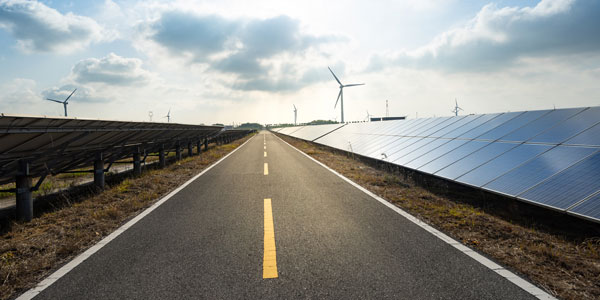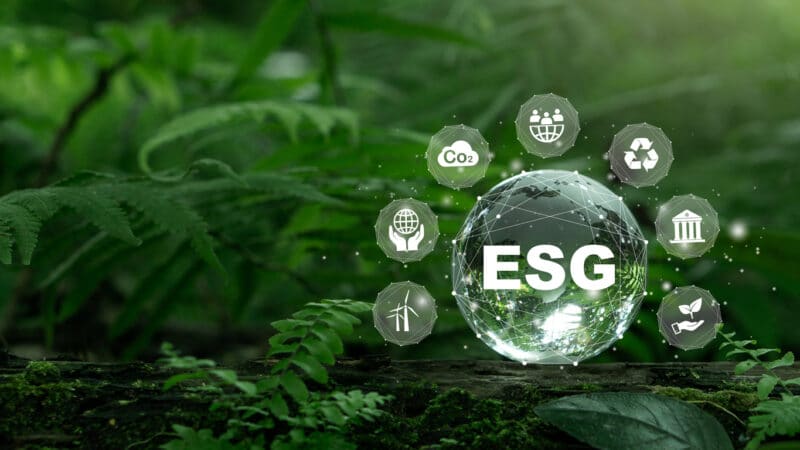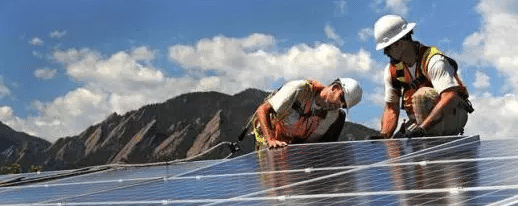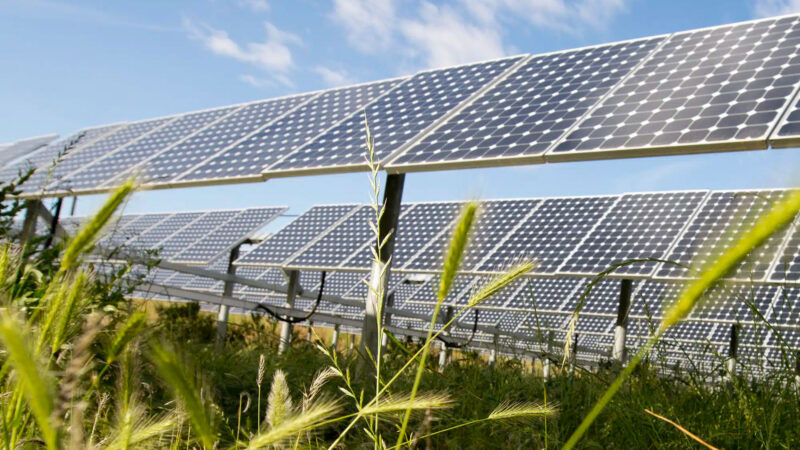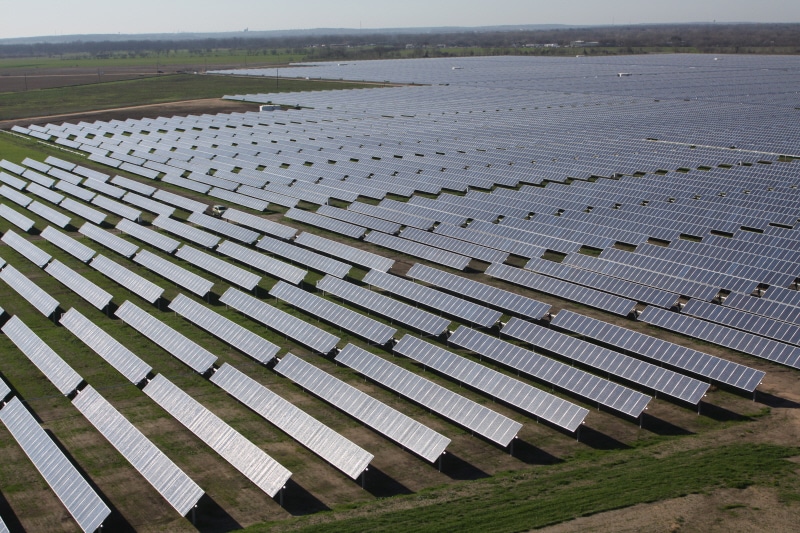How do we talk about climate change? New study sheds light for clean energy advocates
Do our political affiliations influence our perspectives on climate change? According to a study by the Yale Program on Climate Change Communication, they certainly do. While this may not come as a surprise, what’s remarkable is the degree of unity among Americans on the urgent issue of climate change.


